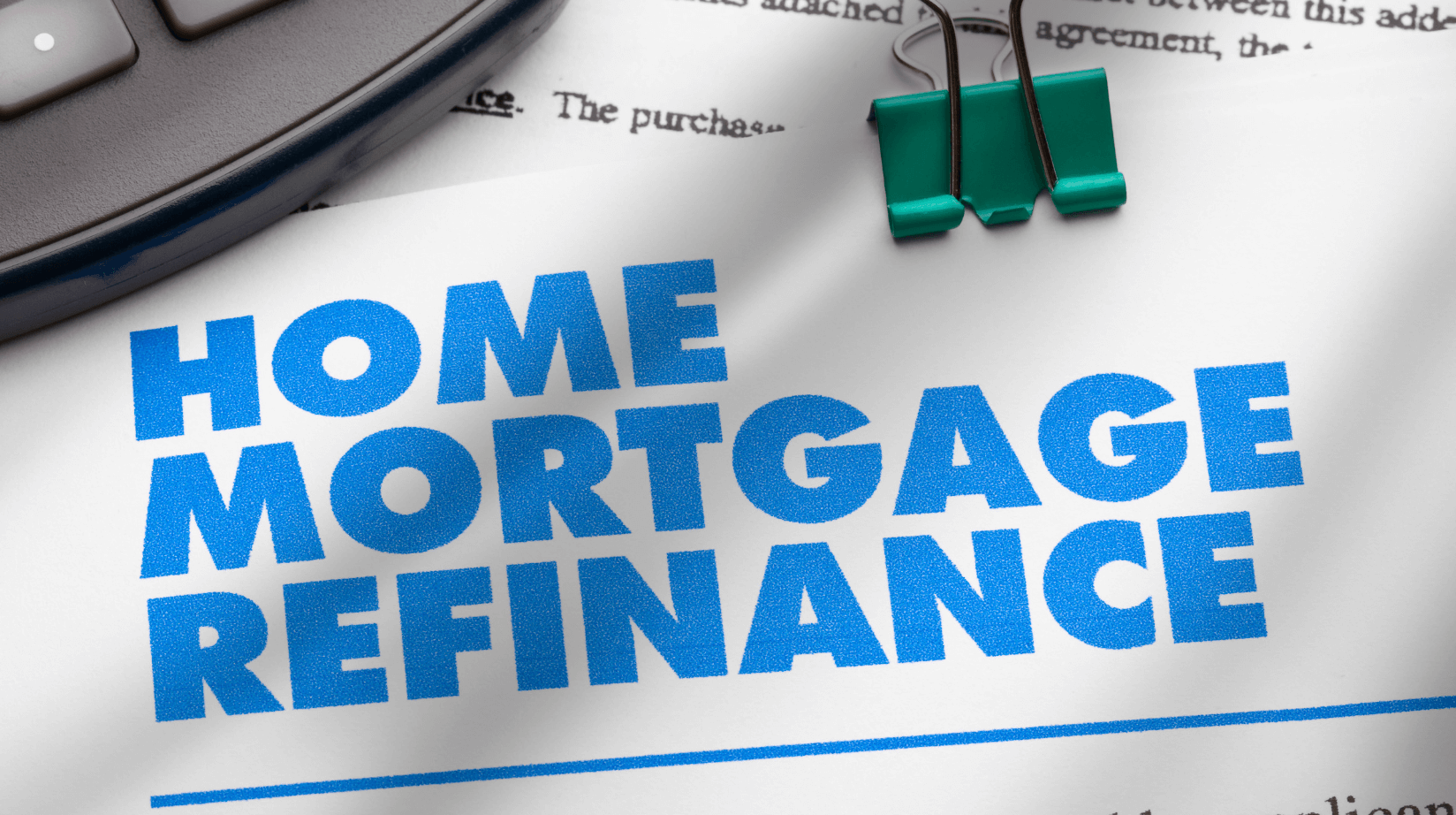What is home equity and how can you access it?

If you have been paying off your mortgage diligently, chances are you’ve accrued some equity over the years.
Equity can be used for a number of reasons, from renovating your existing home to investing in more property, and so much more.
But before you start planning how to use your equity, it’s helpful to understand what it is and how to access it. Learn all the basics about home equity in this post.
What is home equity?
Equity is the difference between the amount you owe on your home loan and how much your home is actually worth. For example, if you currently have $400,000 remaining on your loan but your home is worth $600,000, you have an additional $200,000 in equity.
What can home equity be used for?

Home equity can be used for a number of purposes. The most common include:
- Renovating or refurbishing your existing home. You can withdraw your equity to make improvements on your current property, or make changes that will increase its value (such as adding another bedroom or redoing the kitchen/bathroom.
- Buying another apartment or house. You can use your home equity instead of a cash deposit to buy another investment home.
- Investing outside of the property market, such as in shares, bonds or managed funds.
- Purchasing a new car, or taking the family on holiday.
How to find out how much home equity you have
1. Work out the value of your property
The first step to accessing your home equity is to find out exactly how much equity you have. To do this, you’ll need to have a property valuation done on your property, which can be done through your lender or a real estate agent.
During the valuation, a valuer will come to your home and look at different factors that affect the value of your home, such as location, property and land size, and the condition of your home. Be sure to check that you’re working with a Certified Practising Valuer (CPV) who is accredited with the Australian Property Institute (API)
2. Understand how much usable equity you have

Once you know how much your home is worth, you can calculate your usable equity.
It’s important to bear in mind that you may not be able to access the full amount of equity that’s available, depending on your ability to service the additional loan.
Using the example from above, you might have $200,000 worth of equity on your property. However, if your current income, financial history and living expenses mean you can only afford to make additional repayments up to $100,000, then this would be the amount of “accessible equity” that’s available to you.
Some lenders may also restrict how much you can borrow against your property and what the purpose of your equity release.
3. Be mindful of fees and Lender’s Mortgage Insurance
The product you choose and the amount of equity you want to access may lead to additional fees and costs. For example, if you want to switch to a new lender, you may have to pay a new loan application fee, government fees and other transaction cost. These can quickly add up and cause additional financial stress, particularly if you have not factored them into your budget planner.
In addition, if you want to access over 80% of your total property value through equity, you may need to pay Lender’s Mortgage Insurance (LMI) — even if you’re already paid it before. To avoid paying LMI, make sure to keep your Loan to Value Ratio (LVR) below 80% of the property’s market value when accessing your equity.
Example
Your property is worth $800,000, so 80% of your property’s market value is $640,000. This means this is the maximum amount that you can borrow without needing to pay LMI.
If you have a remaining balance of $400,000 on your home loan, this means you can access an additional $240,000 without incurring LMI.
4. Access your equity
Once you know how much equity is available to you, you can speak to your lender or broker directly to understand the next steps that are available to you, and submit your application.
Want to access your home equity? Speak to Rateseeker
A mortgage broker can help you research and assess the different home loan options that are available to you, based on the amount of usable equity you have.
Your broker can also assist you with a health check on your current loan to see if you’re getting the sharpest rate possible, and handle the home equity application process from start to finish.
Ready to get started? Request an obligation-free call today.
** General Advice Warning
The information provided on this website is general in nature only and it does not take into account your personal needs or circumstances into consideration. Before acting on any advice, you should consider whether the information is appropriate to your needs and where appropriate, seek professional advice in relation to legal, financial, taxation, mortgage or other advice.




